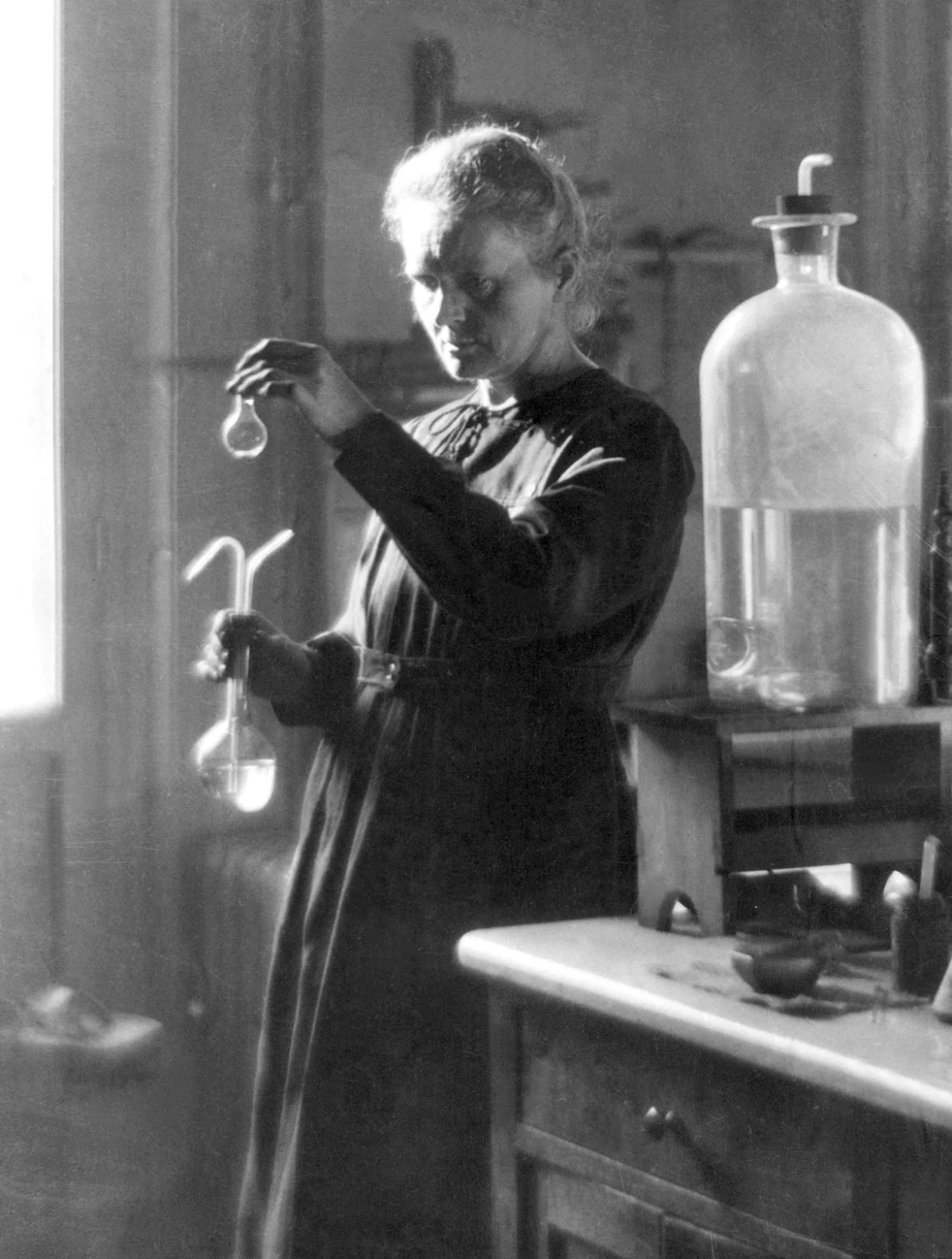The mother of physics: Marie Curie
Ramizah Tayiba. 10/07/2020

Throughout history, female scientists have been undermined and pushed aside. But there is one woman with a scientific legacy so strong she is considered the “Mother of Modern Physics,” despite the misogyny during her time.
Maria Skłodowska, who later became Marie Curie after marrying Pierre Curie, was the first woman to win a Nobel Prize in Physics. She later became one of only four people to win two Nobel prizes, the second being in Chemistry.
She scientifically excelled at a time where opportunities for women were rare.
Childhood and Education
Marie Curie was born in Warsaw, Poland on Nov. 7, 1867. Her father was a teacher who gave her some scientific training. In 1891, she moved to Paris to continue her career in science and later obtained Licenciateships in Physics and the Mathematical Sciences at the Sorbonne. In 1894, she met a professor in the School of Physics named Pierre Curie, who she married the next year. In 1903, she became the Head of Physicsat the Sorbonne and earned her Doctorate of Science.
She was later the first woman to be appointed as the Professor of General Physics in the Faculty of Sciences, when she replaced her husband after his death in 1906.
Contribution to Science
After Henri Becquerel’s discovery of radiation emitting from uranium, Marie began her research to find other elements that emit radiation and eventually coined the term radioactivity. She and her husband quickly discovered that the existing element thorium emitted radiation as well. They also discovered that radiation originates within an atom itself. For this discovery, she and her husband, as well as Henri Becquerel, were awarded the Nobel Prize in Physics in 1903.
In 1898, the Curies discovered two new radioactive elements, radium and polonium. The latter of the two was named after Poland, Marie’s birth place. When Pierre died in 1906, Marie continued their research and later won the 1911 Nobel Prize for Chemistry for isolating pure radium.
Marie later served as the director of the Red Cross Radiology Service during the first World War, where she treated soldiers with her X-ray units. She later opened the Radium Institute in Poland with her sister in 1932. She died in 1934 due to leukemia that was induced from her work in radiation since at the time, people weren’t aware of its dangers.
Yet Marie Curie was a pioneer in the field of physics and a trailblazer for women in science.
Cover Photo: (Association Curie Joliot-Curie)

Ramizah Tayiba is a junior at Francis Lewis High School. She is passionate about STEM and enjoys writing articles about the advances in the fields. She writes articles ranging from the smallest atoms to the ever-expanding universe. She hopes her articles will allow others to gain insights into the world of STEM. In her spare time, Ramizah enjoys painting, reading, and playing hockey.